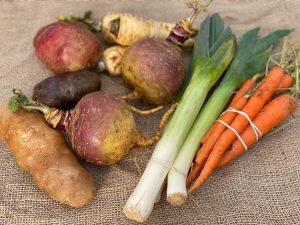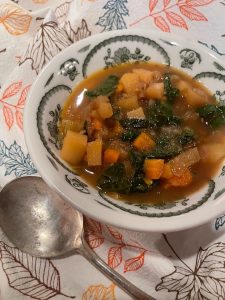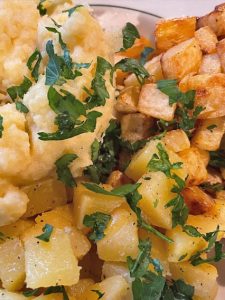Rooting for Rutabaga
Rooting for Rutabaga
Rutabaga’s are being realized for their ability to effortlessly transform any dish into a nostalgic comfort food. These inexpensive and versatile veggies are really easy to prepare and plentiful this time of year. Also known as neep or turnip, this root vegetable is in the cruciferous family, a hybrid of cabbage and turnip. Grown for… Read More »

Rutabagas are debuting in more cuisine today as people are revisiting the past recipes for inspiration today. Low in calorie, high in fiber this root veggie is an excellent source of nutrients your body needs this time of year including; vitamin C, potassium, magnesium, calcium and vitamin E. Full of antioxidants, as well as good for the immune and digestive system, rutabagas are also loved for their lower starch content and lower caloric density making them an ideal substitute for potatoes.

Once you get your rutabaga’s home the protective outer skin allows it to keep for about a week at room temperature. For longer storage place them in a plastic bag in your refrigerator where it will store for several months, as long as you remember to avoid peeling them until ready to use. Try grating rutabaga raw into salads and slaws, cubed and roasted and added to soups, stews or casseroles, or boiled and mashed into a comforting dish. They can also be made into alternative French fries. Have your tried to roast veggies on a sheet pan? Sheet pan cooking is a quick and easy way to roast veggies with little clean up.

Did you know? Some historians believe that rutabagas may have been the first jack-o-lanterns before pumpkins!
Best wishes from our farm kitchen to yours! xo








